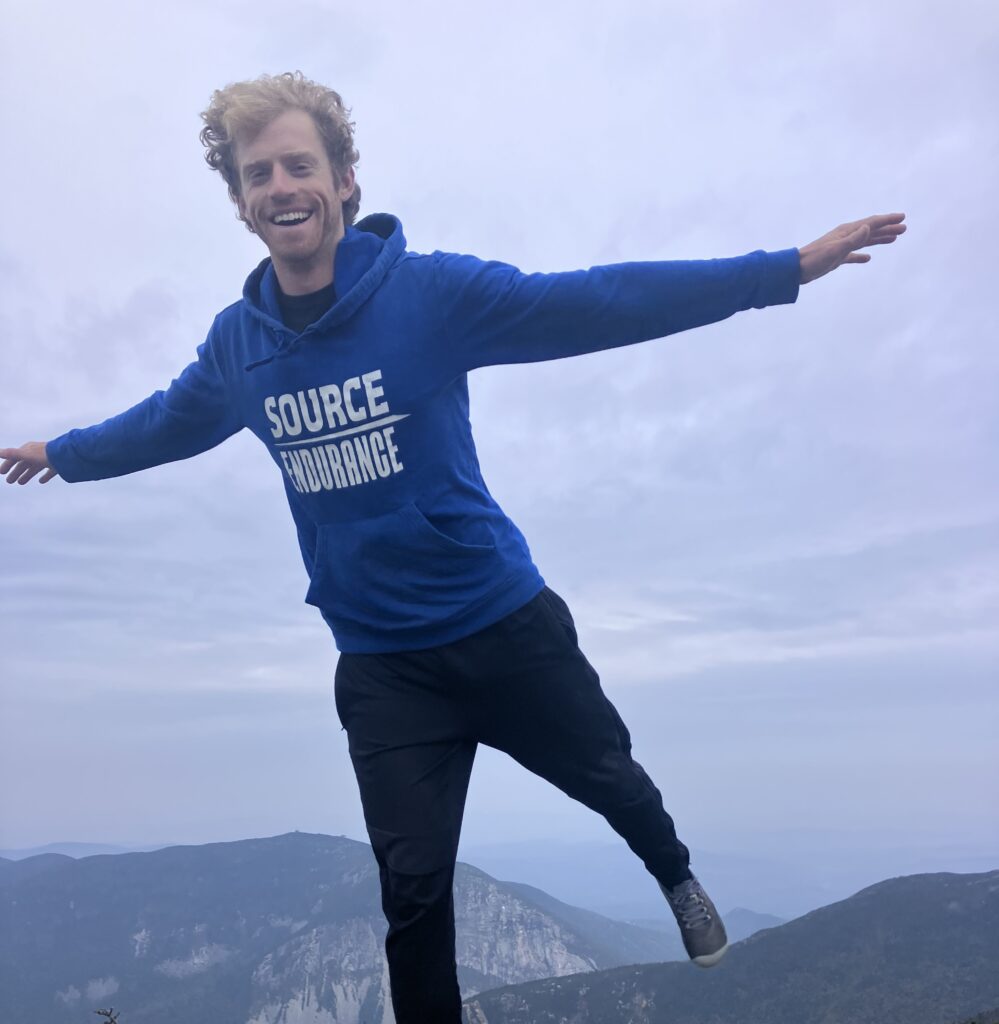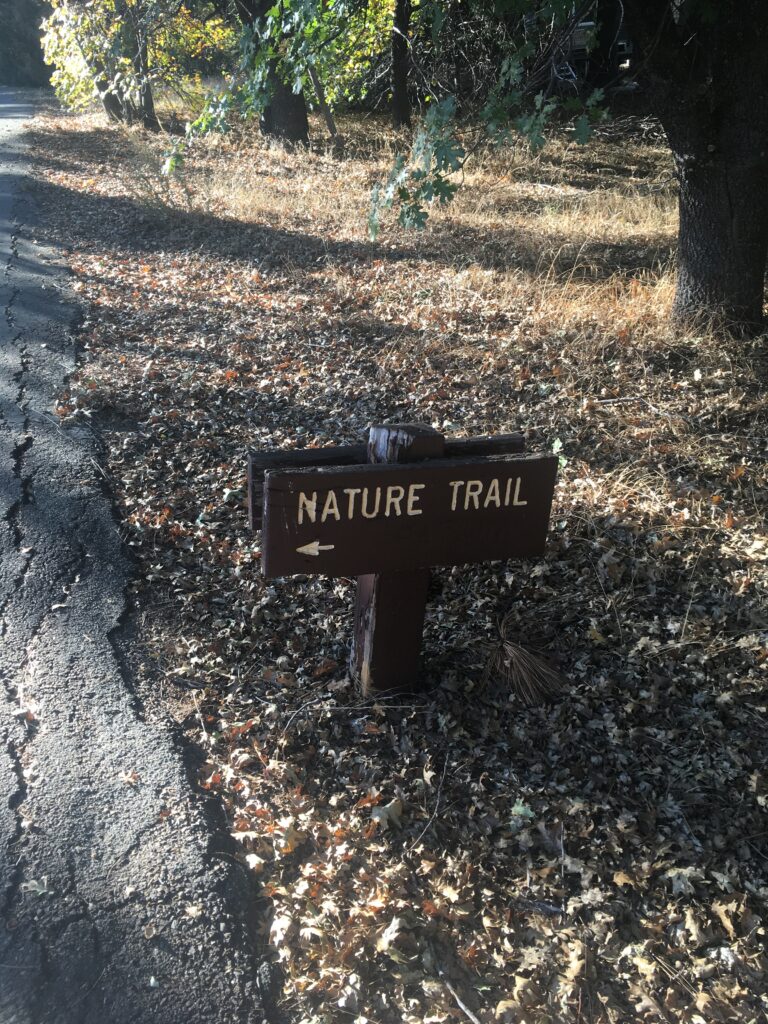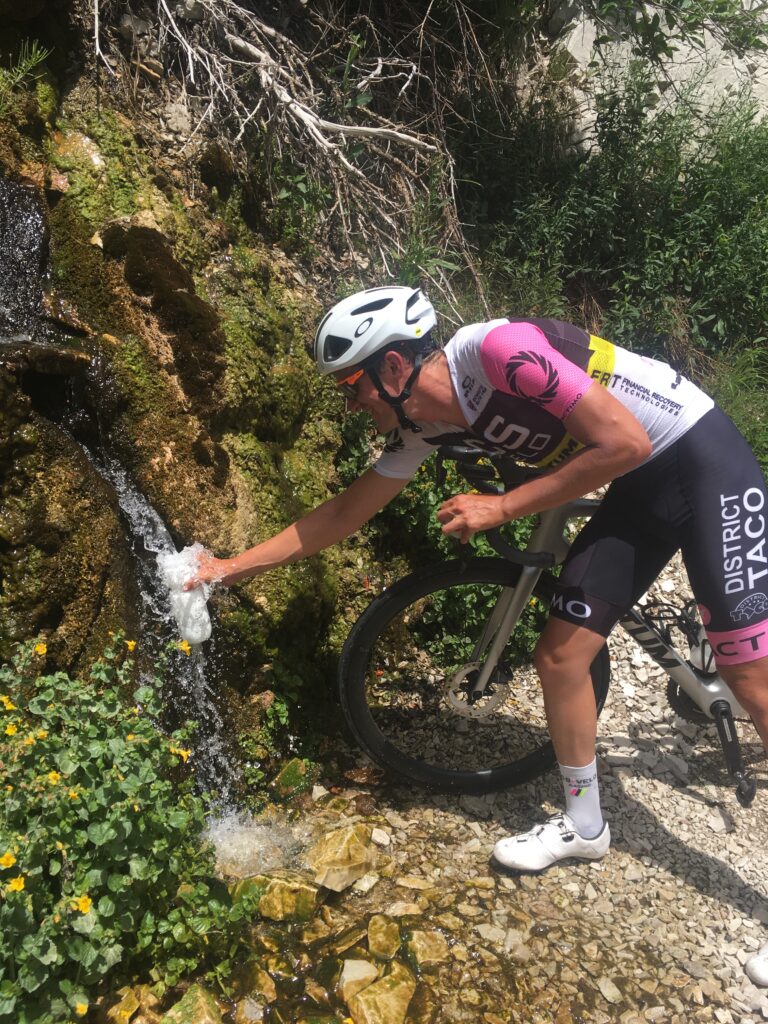How to Have a Successful Transition Season

The first day of Autumn has already come and passed, the leaves are starting to change and there’s a distinct whiff of pumpkin spice in the air. Just like mother nature, training and racing has its own seasons: Offseason, pre-season, race season and transition season. The length of these four seasons will vary based on how you periodize your training, when you are looking to have peak performances, your geographical location, and your training timeline. The offseason can be characterized by rest and rejuvenation as the focal goals, where time might be spent in the gym or cross training and riding volume is relatively low. The pre-season is when training starts to shift from being quite general to more specific and race specific training blocks may start to be introduced. The race season usually kicks off by...you guessed it, the start of racing. Finally, the transition season can be thought of as the timeline between your last race and before taking a proper offseason break.
Most athletes I work with will finish racing around Labor Day or early September, but will want to keep training or riding a decent amount until the wintry weather starts to creep in. What should you be doing at this time of year?? It can almost feel like purgatory, where you are not ready to hang the bike up, but there also is not really a need to implement training blocks. Three beneficial objectives for the transition season are to transition from training to exercise, start to address any imbalances brought on by the race season, and evaluate/reflect on how your previous race went.
In most of North America, September and October are some of the nicest months to ride bikes. The weather transitions from oppressively hot to cool and crisp, the leaves are often bright, vibrant colors and the hustle and bustle of the summer season has died down. Without any racing to train for, simply transitioning training to exercise can be a positive change. The biggest difference is that exercise is much more generalized, whereas training is thought of as specifically targeted exercise. This could be an enjoyable time to drop some training volume and replace it with cross training such as hiking, running, yoga, swimming or really anything that keeps you happy and active. Without eccentric contractions, cycling tends to lead to lower bone density, so choosing load bearing activities offers double the benefit! Keeping riding fun should also be at the forefront of this season. Oftentimes during the racing season, it can be easy to get lost in the numbers, focus on results, and forget that riding a bike can be pure bliss when you are not concerned about how you will perform in the next upcoming race. Take that pressure off and just ride. I usually advise athletes to ride off feel and RPE this time of year as well, as it can help you to get more in tune with your body and take pressure off the need to perform or hit objective metrics. Soul rides are important as well, and if you are motivated to go on a big adventure ride or PR some Strava segments, go for it, whatever makes you happy!! Ride for fun until it is time to take a proper break from the bike, then talk with your coach about what that will look like. Motivation and past season race days will play a big part in how much time you take off, but a good rule of thumb is 2-4 weeks.
Once you transition to time off the bike, aim to replace cycling workouts with cross training or gym time. In addition, start to address imbalances accrued by a long season of a (for most of us) singular sport. Cycling has amazing health benefits as most of us are aware of, however cycling is also a sport that only takes place in a singular plane of motion, these tight, rigid, repetitive motions. Oftentimes cyclists will become very frontal dominant in their lower body, i.e. overused quads and often underdeveloped posteriorly, i.e. under used glutes and hamstrings. Cyclists also tend to have chronically tight hips due to excessive hip flexion without much hip extension. Oftentimes, this will lead to very tight Ilio-psoas muscles, which is often the culprit for lower back pain. Lower back pain is also exacerbated by spinal flexion being the dominant posture while pedaling. Even if you are not experiencing much pain or discomfort, I can almost guarantee if you have spent a season training or racing, your hips and low back are tight. Spend this time to undo some of that damage. Your body will thank you and you will come into the following season more balanced and resilient, more injury proof if you will. Additionally, move in different planes of motion. Work on exercises and movement patterns that involve lateral movement and rotation. I am a huge fan of hiking during this time of year because it checks all the boxes: light aerobic conditioning, multiple planes of motion using posterior chain muscles, weight bearing for bone density and being in nature has a positive effect on mood!
Once transitioning to taking some time off, you may find you have much more time on your hands. In addition to bringing back some life balance, now can be an invaluable time to reflect on your past season, assess what worked and what did not and start to being the preliminary stages of planning for the upcoming season. Questions to ask yourself during this assessment are widespread but some tried and true questions are: did you accomplish your goals? Why or why not? Was your training pediodization effective for your target race/s?? How can you be more efficient and effective for this new season? Brainstorm so answers these questions and continue to think about these things throughout your break.
Taking a break from structured training is important. It creates a physical and mental reset. You can take macro rest and recover the body from many high intensity days in the saddle, not to mention the motivation that builds throughout the offseason has you plan and dream about the following year. Finding balance should be the ultimate goal in the offseason, look for that balance with some soul riding, movements and cross training that works your non cycling muscles and take care of any injuries or imbalances you may be dealing with. While you have a little more free time, explore the successes and failures of this past season and use this as learning lessons to get better for the next season.

